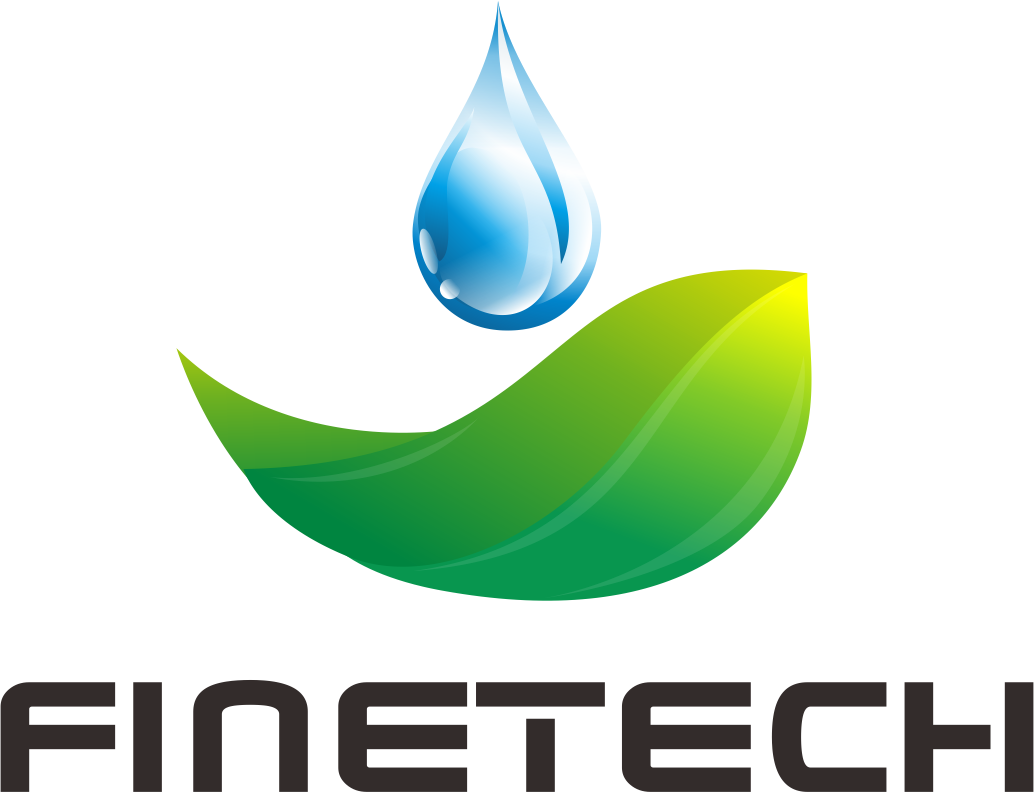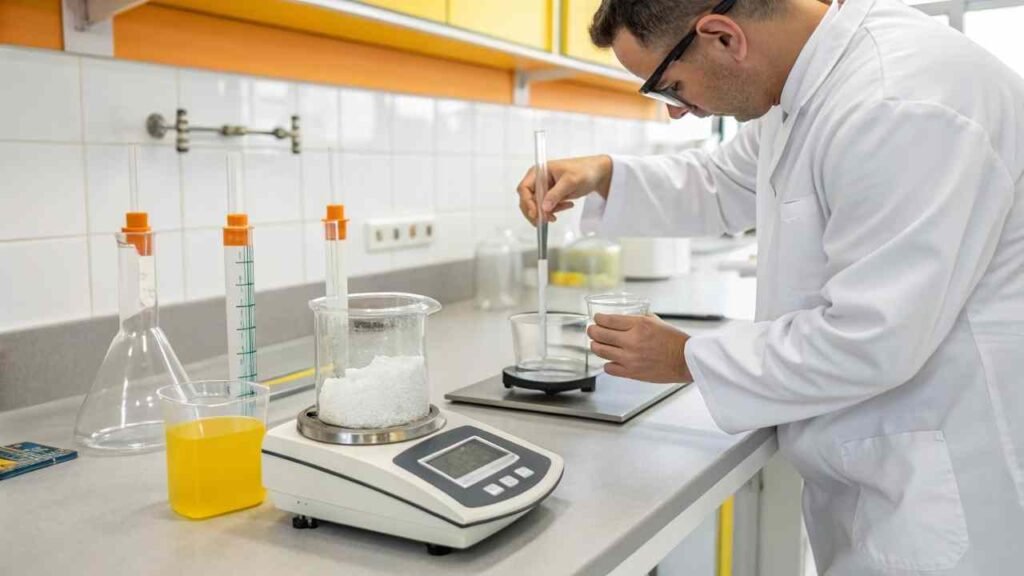Using Vitamin B2 in food? Want to avoid problems and get the best results? Let's share some key technical tips for successful Vitamin B2 application.
For best Vitamin B2 use: protect from light, choose the right form (R5P for liquids), be mindful of pH/heat interactions, ensure good dispersion, and consider its yellow color impact on products.
At FINETECH, we supply Vitamin B2 and help clients get the best from it. Simply adding B2 isn't enough; knowing how to use it technically ensures quality. Let's cover key practical tips.
How does Vitamin B2 react with other common food ingredients?
Adding B2? Worried it might react badly with other stuff in your food? Let's check common B2 interactions.
Vitamin B2 is generally stable but can interact with reducing agents (like Vitamin C, SO2), strong alkalis, and some metals. Light speeds up these reactions.
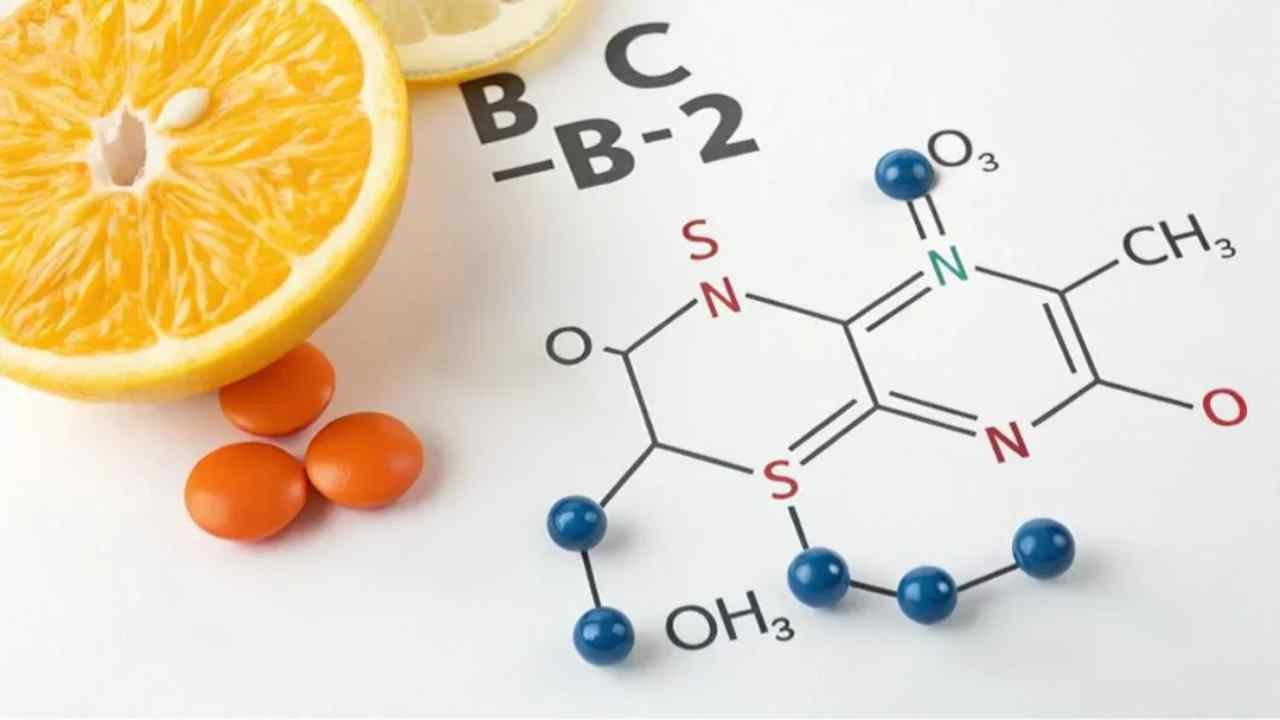
Vitamin B2 (riboflavin) is fairly robust, but some interactions need watching:
- Reducing Agents1: Vitamin C (ascorbic acid) and sulfites (like SO2) can degrade riboflavin, especially in light and neutral/alkaline pH. Consider adding them separately or using coated forms if co-fortifying.
- Alkaline Conditions2: Strong alkalis (high pH) rapidly destroy riboflavin, even without light. Most foods aren't strongly alkaline, but this is key for some processes.
- Metals: Certain metal ions (like iron, copper, zinc) can form complexes or catalyze degradation, though this is less common than light or pH issues. Chelating agents can sometimes help.
- Oxidizing Agents3: While less common in foods, strong oxidizers can also degrade riboflavin.
Interaction Notes:
| Interacting Agent | Impact on B2 | Tip |
|---|---|---|
| Vitamin C / Sulfites | Can degrade B2 (esp. w/ light) | Separate addition, coated forms |
| Strong Alkalis | Rapid destruction | Avoid very high pH exposure |
| Some Metal Ions | Can cause degradation | Less common; consider chelators if issue |
FINETECH supplies high-purity B2, minimizing inherent reactivity issues.
Does Vitamin B2 change the color or look of finished food products?
Using B2 and concerned about your food's final color? Will it turn everything yellow? Let's see B2's color impact.
Yes, Vitamin B2 (riboflavin) is bright yellow-orange. It can give a noticeable yellow tint to foods and drinks, especially light-colored ones or when used at higher fortification levels.
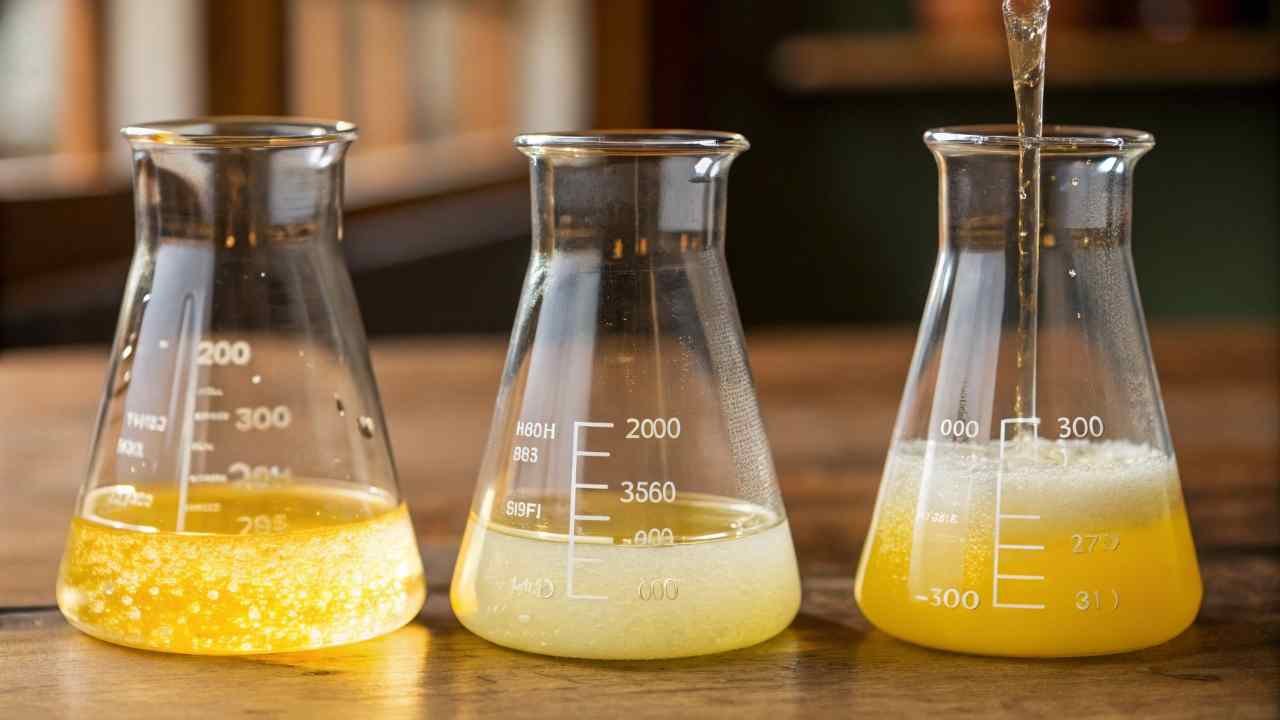
Riboflavin is a natural pigment4 (E 101 in EU). Its intense yellow color is a key characteristic.
- Impact Level: Depends on B2 concentration and original product color.
- Low levels in dark products (e.g., enriched brown bread): No visible change.
- Higher levels in light products (e.g., milk, white pasta, clear drinks): Noticeable yellow to orange hue.
- Desirable Color: Sometimes used as a food color (e.g., custards, some pasta, ice cream).
- Undesirable Color: If a yellow tint isn't wanted, formulators must consider this. Using lower fortification levels or masking with other colors might be options.
- R5P vs. Riboflavin: Riboflavin-5'-Phosphate also has this yellow color.
Color Consideration:
| Product Type | Potential B2 Color Impact | Note |
|---|---|---|
| Dark/Opaque Foods | Often negligible | Color is hidden. |
| Light/Clear Foods | Can be very noticeable | Expect yellow tint. |
| As a Colorant | Used deliberately for yellow | Acts as a natural yellow food color. |
Do heat or pH levels during processing affect Vitamin B2 stability?
Will B2 survive your cooking process? How does pH affect it? Let's check B2's stability under heat and different pHs.
Vitamin B2 is relatively heat-stable in acidic to neutral conditions. However, it degrades rapidly in alkaline (high pH) solutions, especially with heat and light.
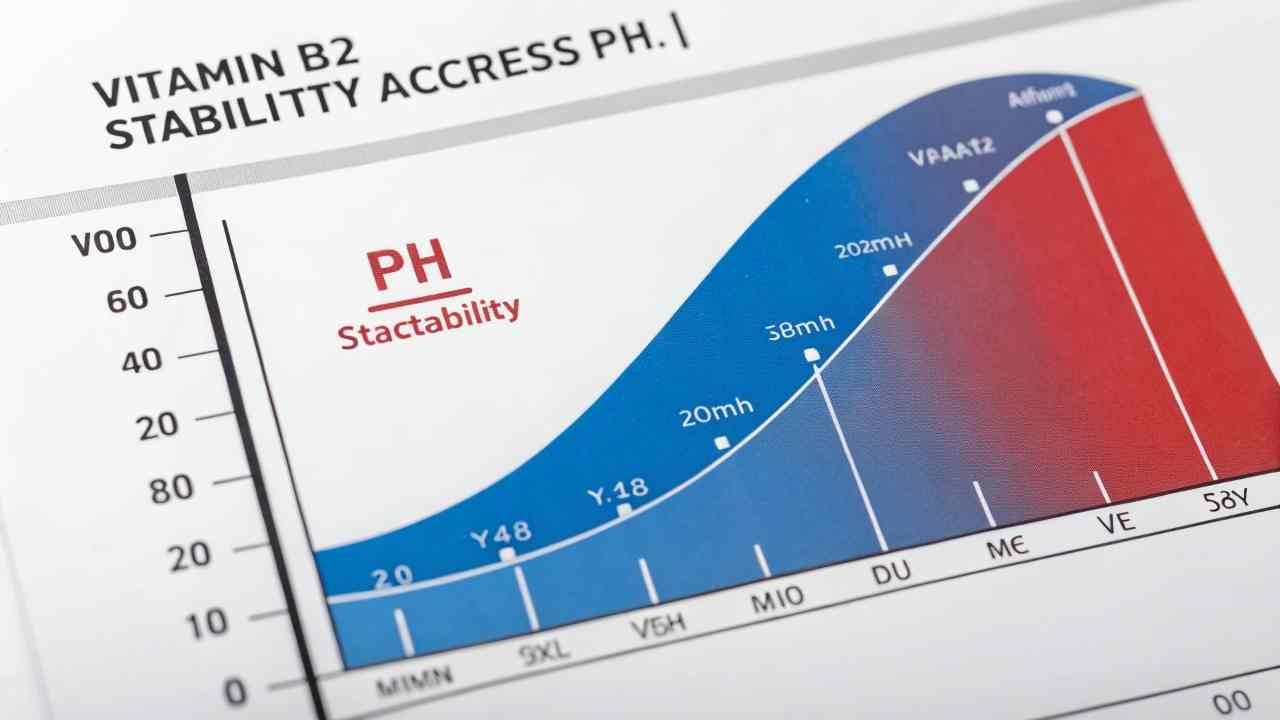
Understanding B2's stability limits is crucial for maintaining its potency.
- Heat Stability5:
- Good in acidic/neutral pH (e.g., pH 4-7): Can withstand typical food processing like pasteurization, UHT, baking with minimal loss, if protected from light.
- Poor in alkaline pH: Degrades much faster with heat at high pH.
- pH Stability:
- Most stable around pH 5-6.
- Stable in acidic solutions (e.g., down to pH 2-3).
- Highly unstable in alkaline solutions (pH > 7-8): Rapid degradation, especially with light and heat.
- Light is Key: Even with good heat/pH stability, light exposure will always cause significant B2 loss.
Stability Summary:
| Condition | B2 Stability | Key Factor |
|---|---|---|
| Heat (Acid/Neutral) | Relatively stable | Protect from LIGHT |
| Heat (Alkaline) | Poor - degrades quickly | Avoid high pH + heat |
| pH (Acid/Neutral) | Good (most stable pH 5-6) | Works for most foods |
| pH (Alkaline) | Very Unstable - rapid degradation | Avoid if possible |
FINETECH's B2 is quality-assured, but process conditions will determine its final stability.
How can producers make sure Vitamin B2 is well absorbed from their foods?
Adding B2 for health? How to ensure people actually absorb it? Let's discuss Vitamin B2 bioavailability.
Ensure B2 is in a soluble form (R5P for liquids), co-present with food (especially fats), and that the consumer isn't deficient in other nutrients needed for B2 absorption/metabolism.
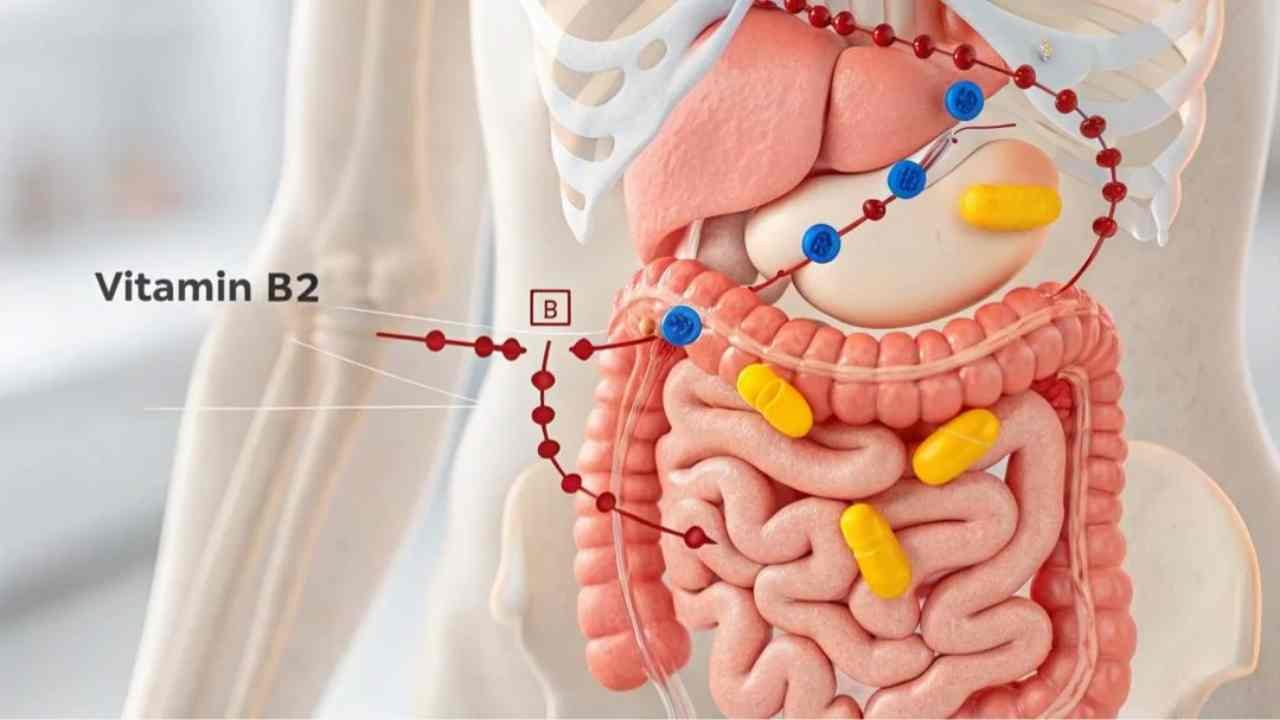
Bioavailability6 is how much of the added B2 the body can absorb and use.
- Form Matters: Riboflavin-5'-Phosphate (R5P, FMN) is the active coenzyme form and is generally considered more readily absorbed than pure riboflavin, especially by individuals with impaired conversion.
- Solubility: Better solubility (like R5P in liquids) can aid absorption by ensuring it's available in solution in the gut.
- Food Matrix7: Absorption is generally enhanced when B2 is consumed with food, particularly fats, which can stimulate bile secretion aiding absorption of fat-soluble vitamins (though B2 is water-soluble, food presence helps).
- Avoid Antagonists: Certain drugs or very high levels of other B vitamins could theoretically interfere, but this is rare from food.
- Sufficient Other Nutrients: Factors like adequate protein and other B vitamins support overall nutrient metabolism, including B2.
Bioavailability Factors:
| Factor | Impact on B2 Absorption | Tip |
|---|---|---|
| Form | R5P often better than Riboflavin | Consider R5P for optimal absorption |
| Solubility | Better solubility helps | Ensure good dissolution in product |
| Food Presence | Generally enhances absorption | Fortify foods, not just isolates |
| Meal Composition | Fats can aid | Balanced diet context helps |
What are common issues and fixes when adding Vitamin B2 to different foods?
Facing B2 challenges in your food product? What are common snags and how to fix them? Let's troubleshoot B2 addition.
Common issues: poor solubility (use R5P), light degradation (opaque packaging), color changes (manage expectations), uneven distribution (good mixing), and interactions (separate additions if needed).
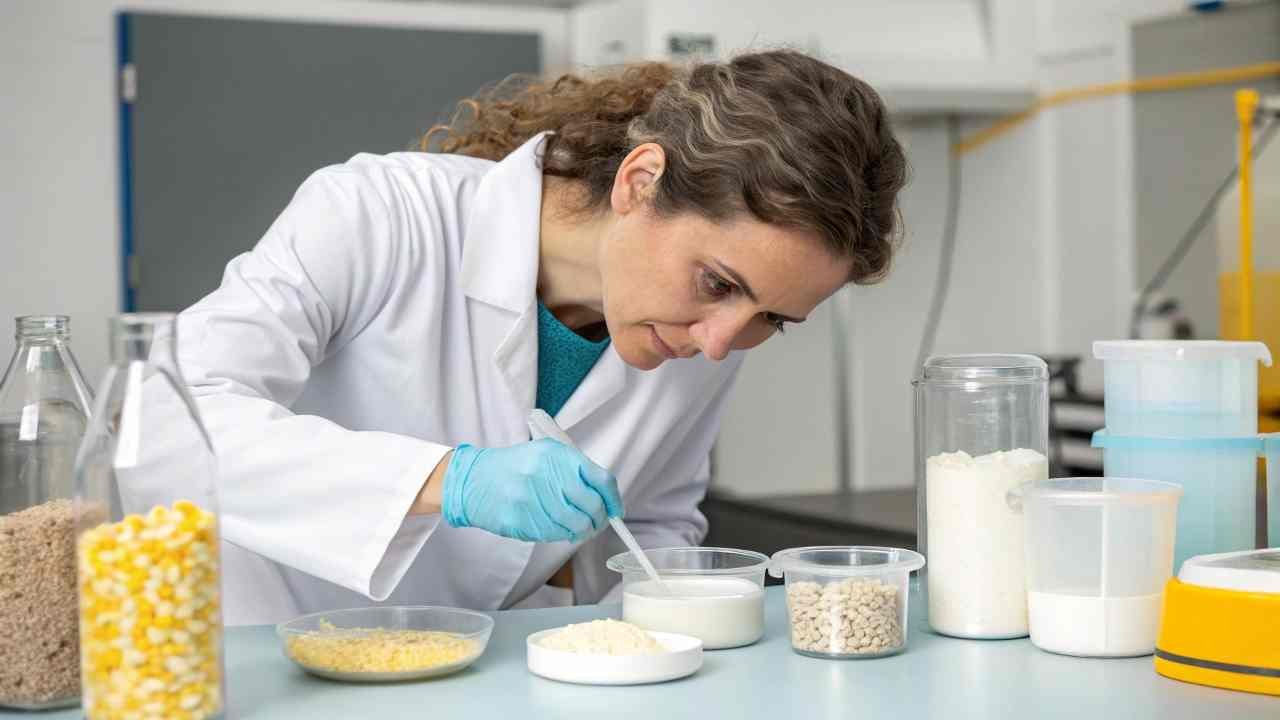
Practical problems can arise when fortifying with B2:
- Issue: Poor Solubility / Sedimentation in Liquids.
- Fix: Use Riboflavin-5'-Phosphate (R5P) instead of pure riboflavin. Ensure complete dissolution.
- Issue: Color Too Yellow / Unwanted Color Change.
- Fix: Adjust B2 level if possible. Use product's natural color or other food colors to mask/blend. Inform marketing of expected color.
- Issue: Loss of Potency During Storage/Processing.
- Fix: Protect from light at ALL stages (processing, packaging). Minimize heat exposure in alkaline conditions. Add overages if some loss is unavoidable (based on stability studies).
- Issue: Uneven Distribution / "Hot Spots" in Dry Mixes.
- Fix: Use a fine powder form. Ensure thorough mixing/blending. Consider pre-blending B2 with a small amount of another dry ingredient.
- Issue: Interaction with Vitamin C or Sulfites leading to B2 loss.
- Fix: Add B2 and Vitamin C/sulfites at different stages if possible. Use coated forms of one ingredient. Protect from light.
Problem/Solution Table:
| Issue | Main Cause | Quick Fix Suggestion |
|---|---|---|
| Sediment in Drinks | Using pure Riboflavin (low sol.) | Switch to Riboflavin-5'-Phosphate (R5P) |
| Unexpected Yellow Color | B2's natural pigment | Adjust level, use other colors, manage expectation |
| Potency Loss | Light, high pH + heat | Opaque packaging, control pH/heat |
| Uneven Fortification | Poor mixing | Thorough blending, use fine powder |
| Degradation by Vit C | Chemical interaction (w/ light) | Separate addition, protect from light |
Careful formulation and processing control, along with quality B2 from FINETECH, helps avoid these issues.
Conclusion
Effective Vitamin B2 use in food means protecting it from light, choosing the right soluble form for liquids, managing its color impact, and being aware of heat/pH stability for best results.
-
Understanding how reducing agents affect riboflavin can help you optimize its stability in supplements and foods. ↩
-
Exploring the impact of alkaline conditions on riboflavin can guide you in food processing and formulation. ↩
-
Learning about oxidizing agents and their effects on riboflavin can enhance your knowledge of vitamin preservation. ↩
-
Understanding natural pigments can enhance your knowledge of food coloring and its applications in various products. ↩
-
Understanding heat stability is essential for preserving B2 potency during food processing. Explore this link for detailed insights. ↩
-
Understanding bioavailability is crucial for optimizing nutrient intake; this link will provide deeper insights into its impact on health. ↩
-
Discover how the food matrix can enhance vitamin absorption, which is vital for maximizing nutrient benefits in your diet. ↩
